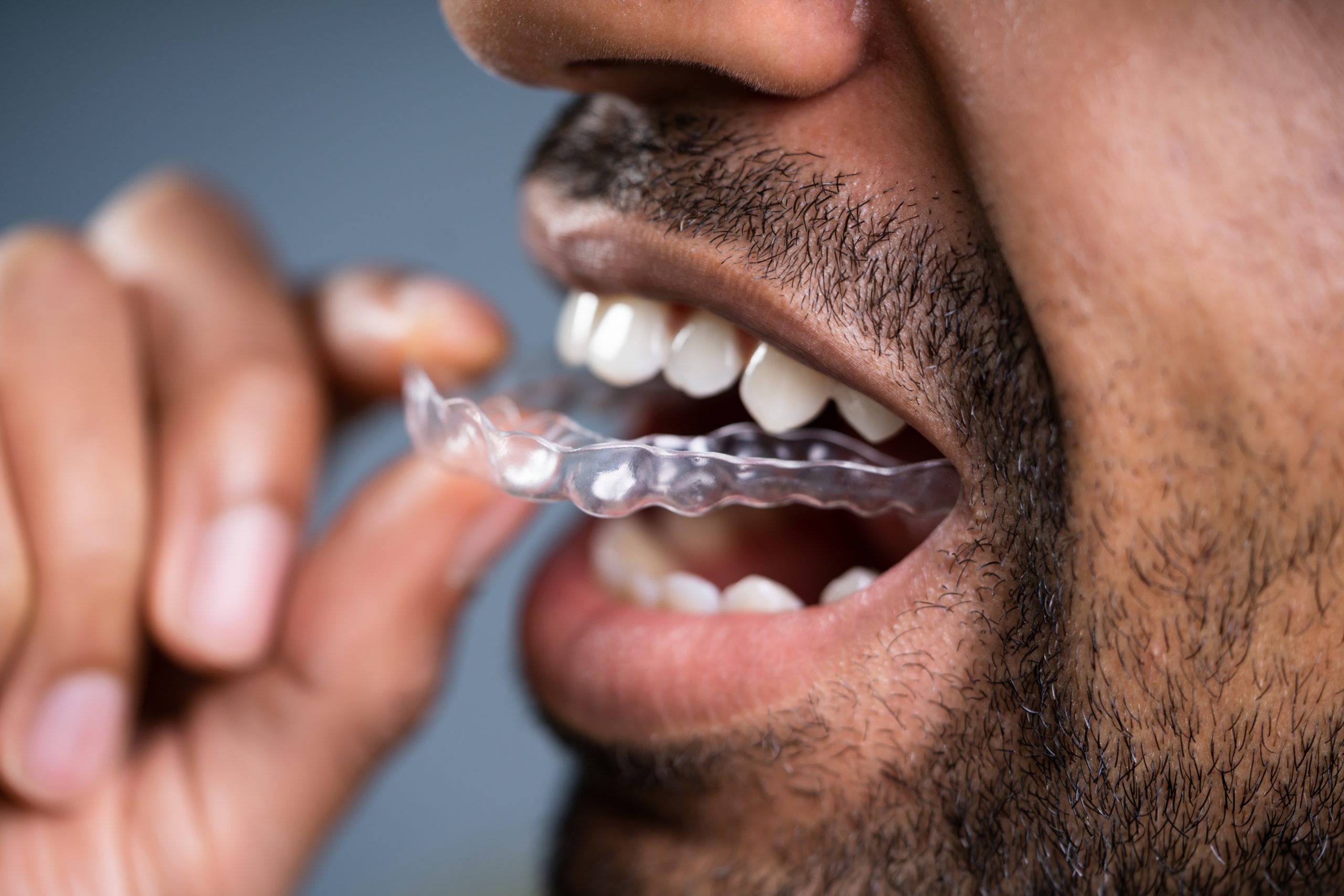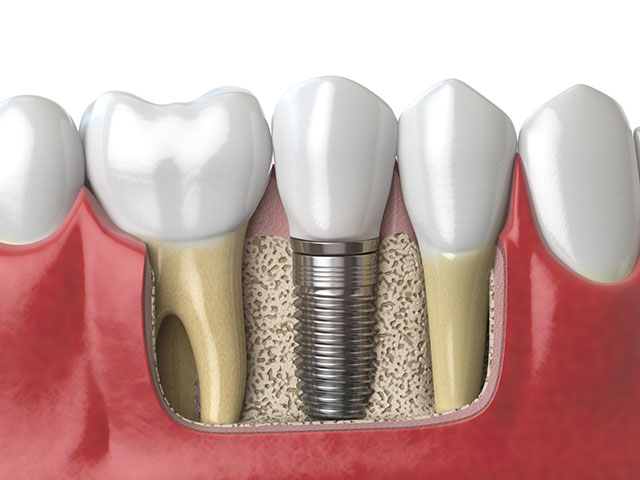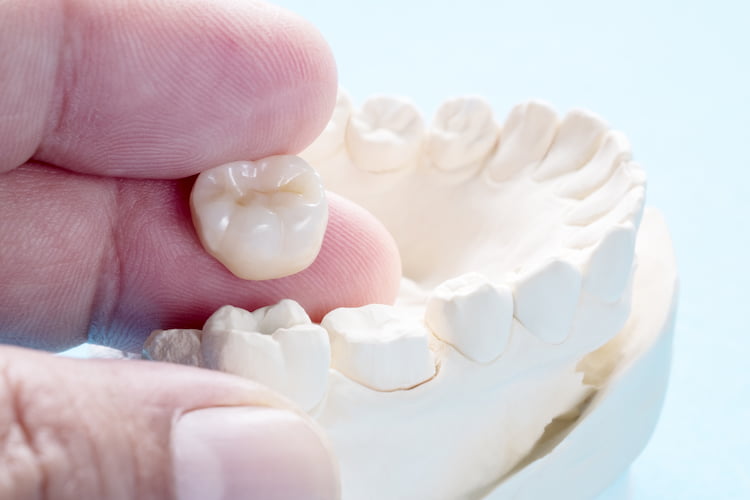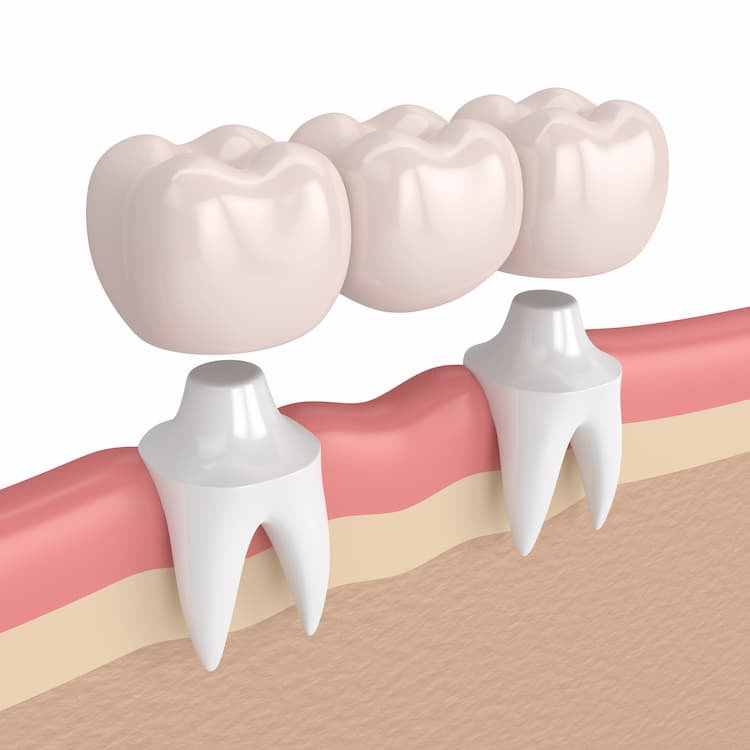Dentures will fall into one of two groups: partial or complete.
Partial
Partial dentures, or bridges, are attached to the teeth to fill in gaps where other teeth are missing. Bridges may be removable or may sit in a fixed position using a crown. Bridges help maintain the appearance of a healthy smile while also keeping the remaining teeth in their proper alignment instead of shifting over time.
Flippers
Flippers are also a type of acrylic removable partial dentures. They are a temporary denture that can be used to fill gaps in your smile. These dentures consist of a retainer with one or more prosthetic teeth, and they’re usually used to replace missing front teeth.
Complete
Complete dentures replace an entire arch. Following a few months of total tooth loss, conventional dentures are placed in the patient’s mouth. This is done to allow the gums a chance to heal. Immediate dentures can be used immediately following the extraction, for immediate dentures, the dentist will work closely with a denturist to ensure your appointments are coordinated properly.





